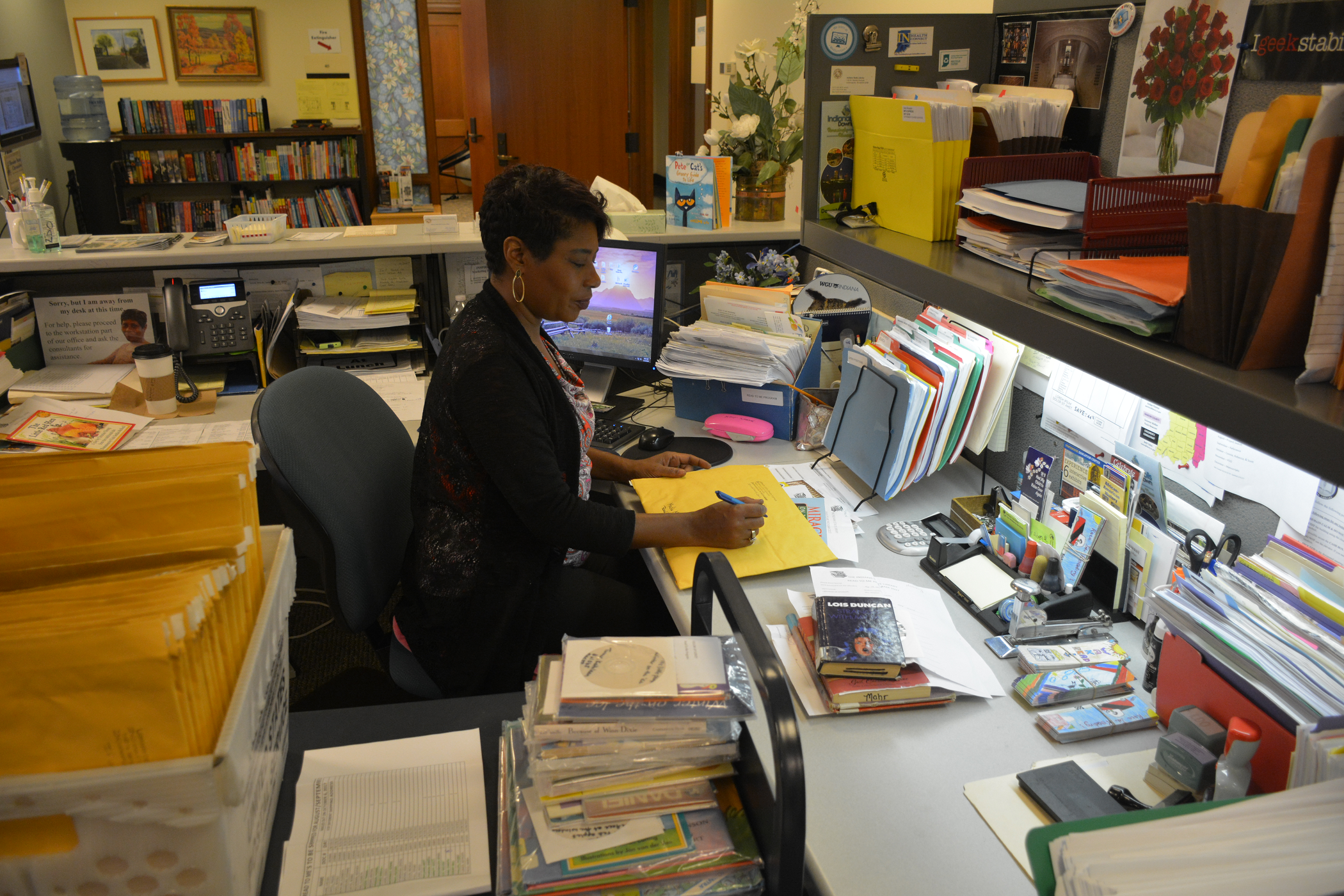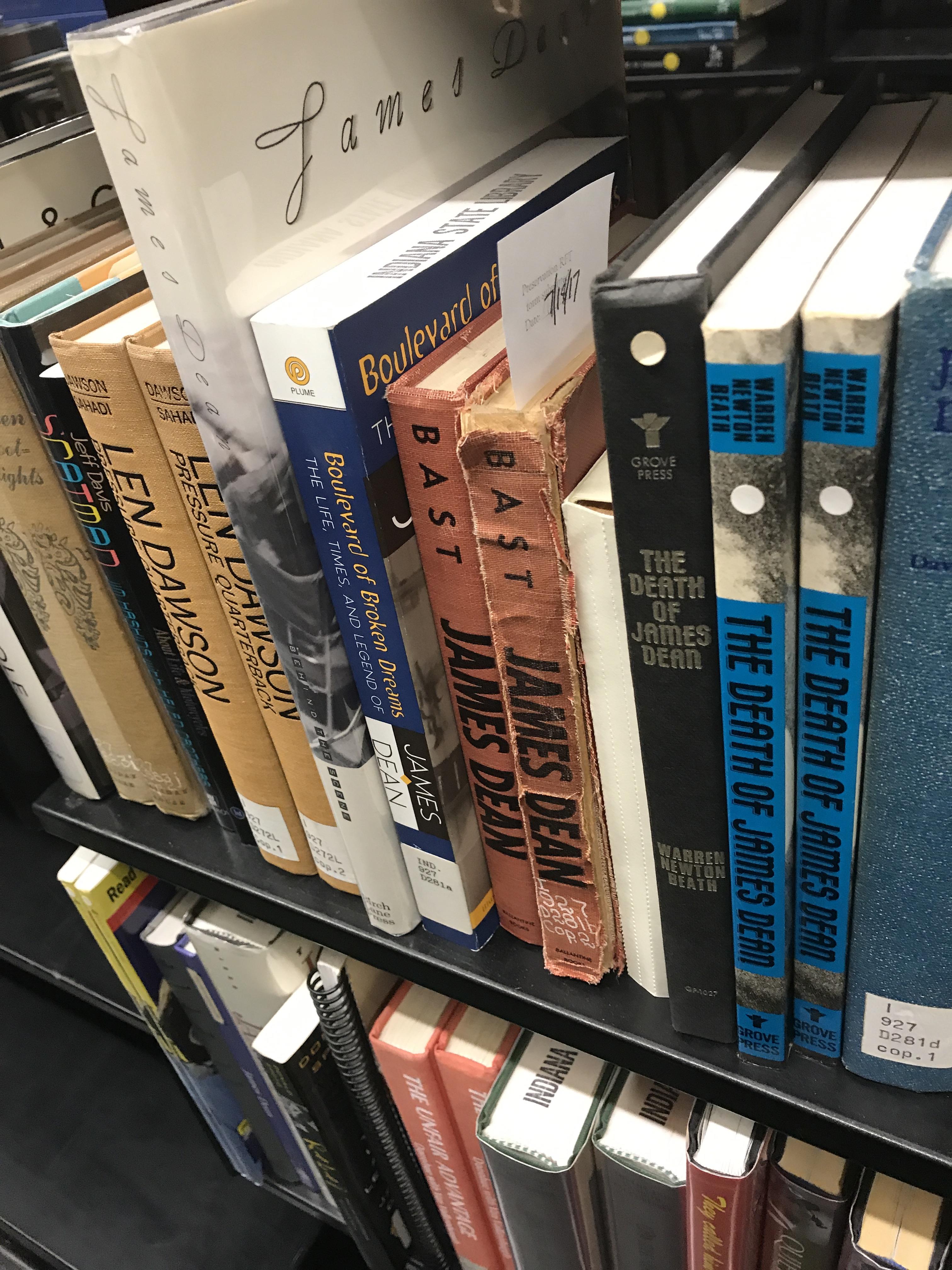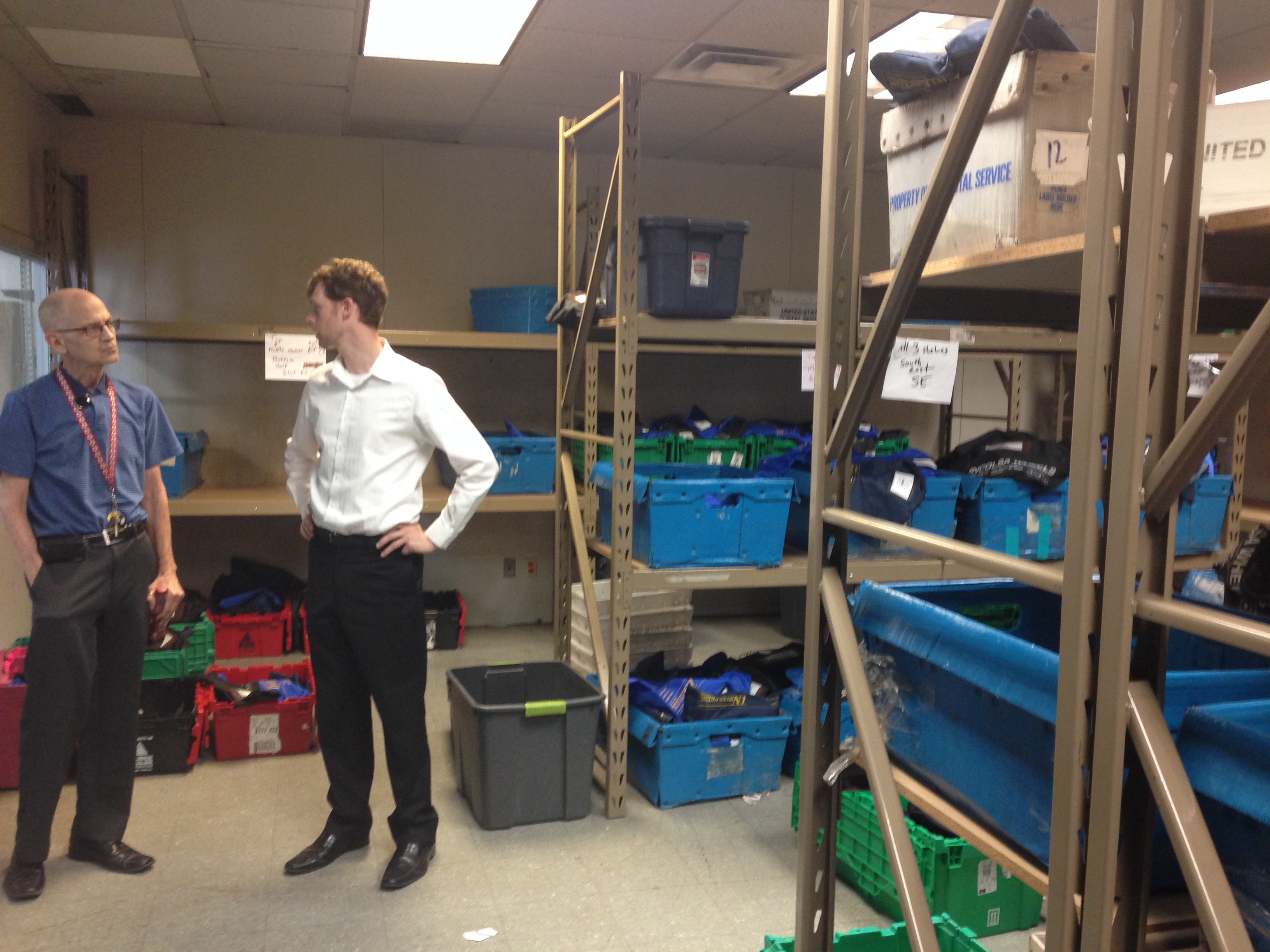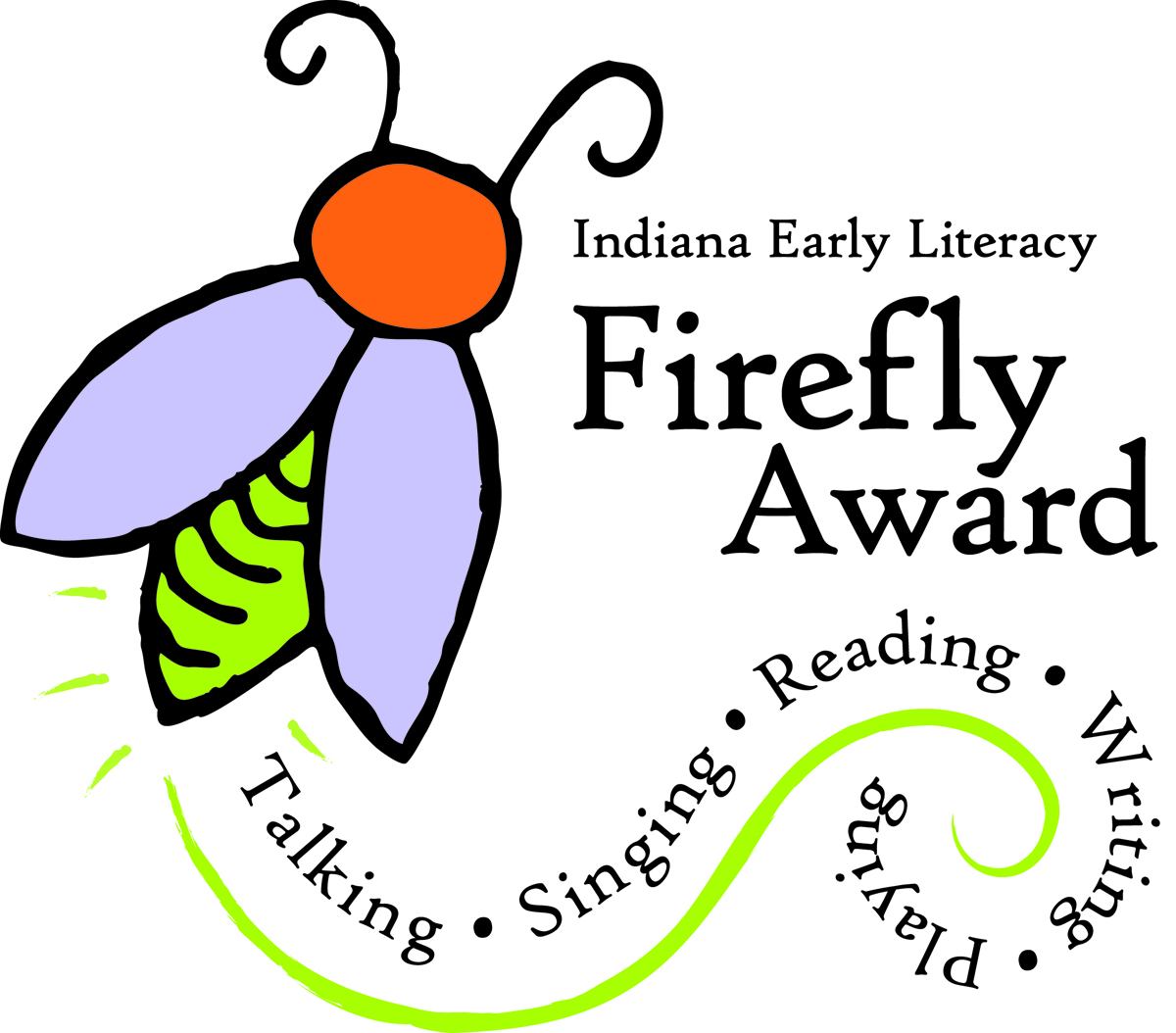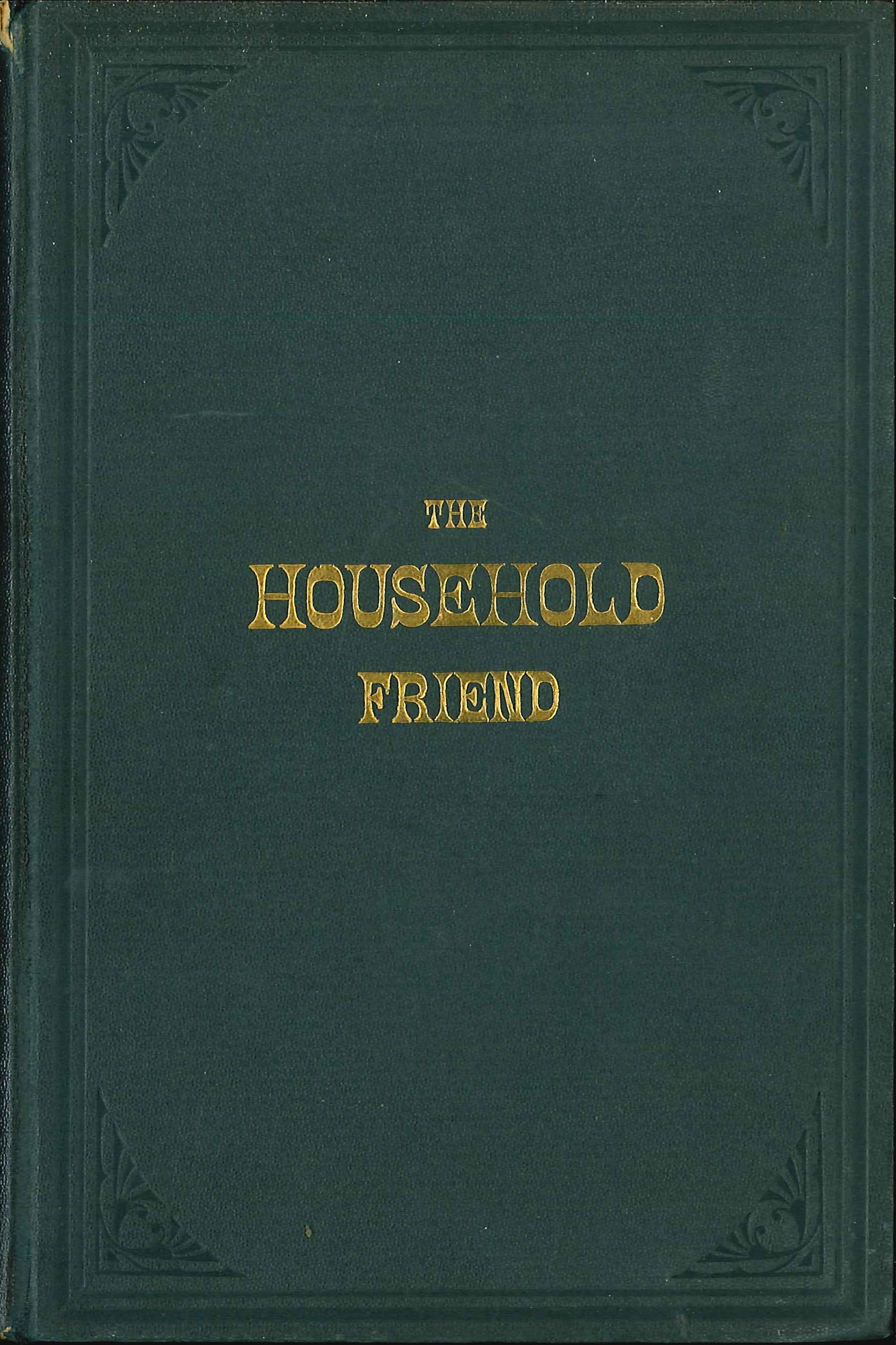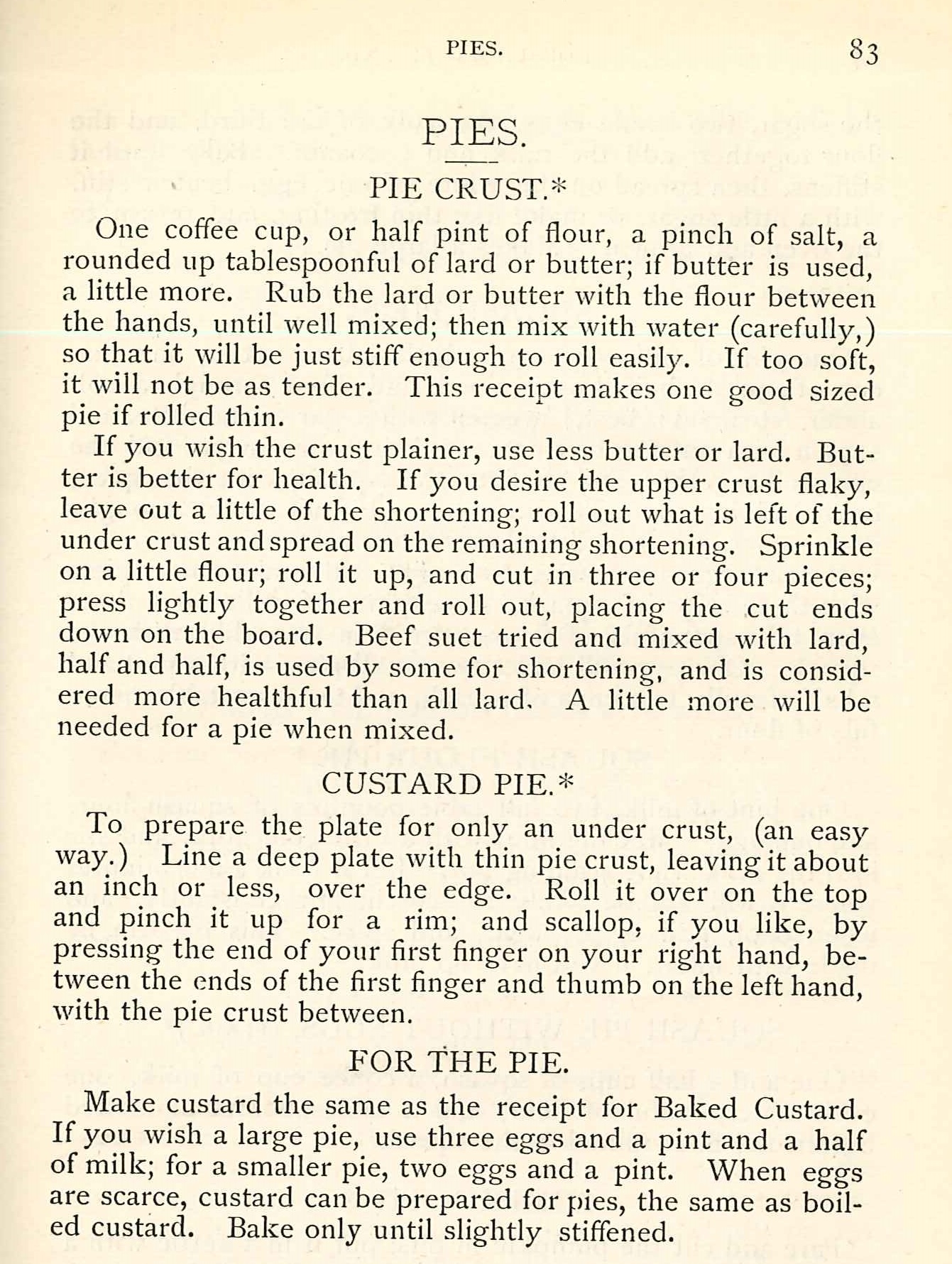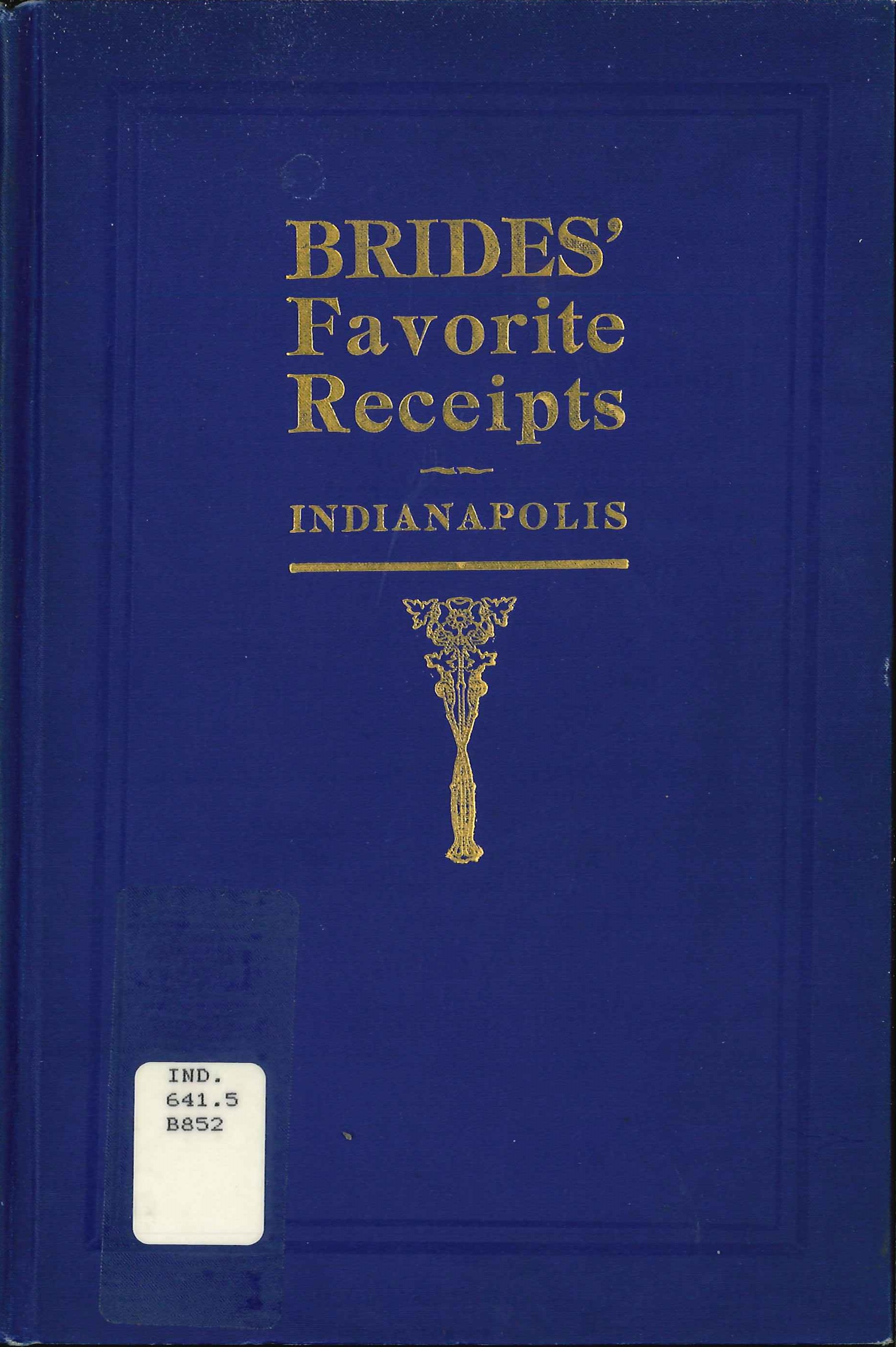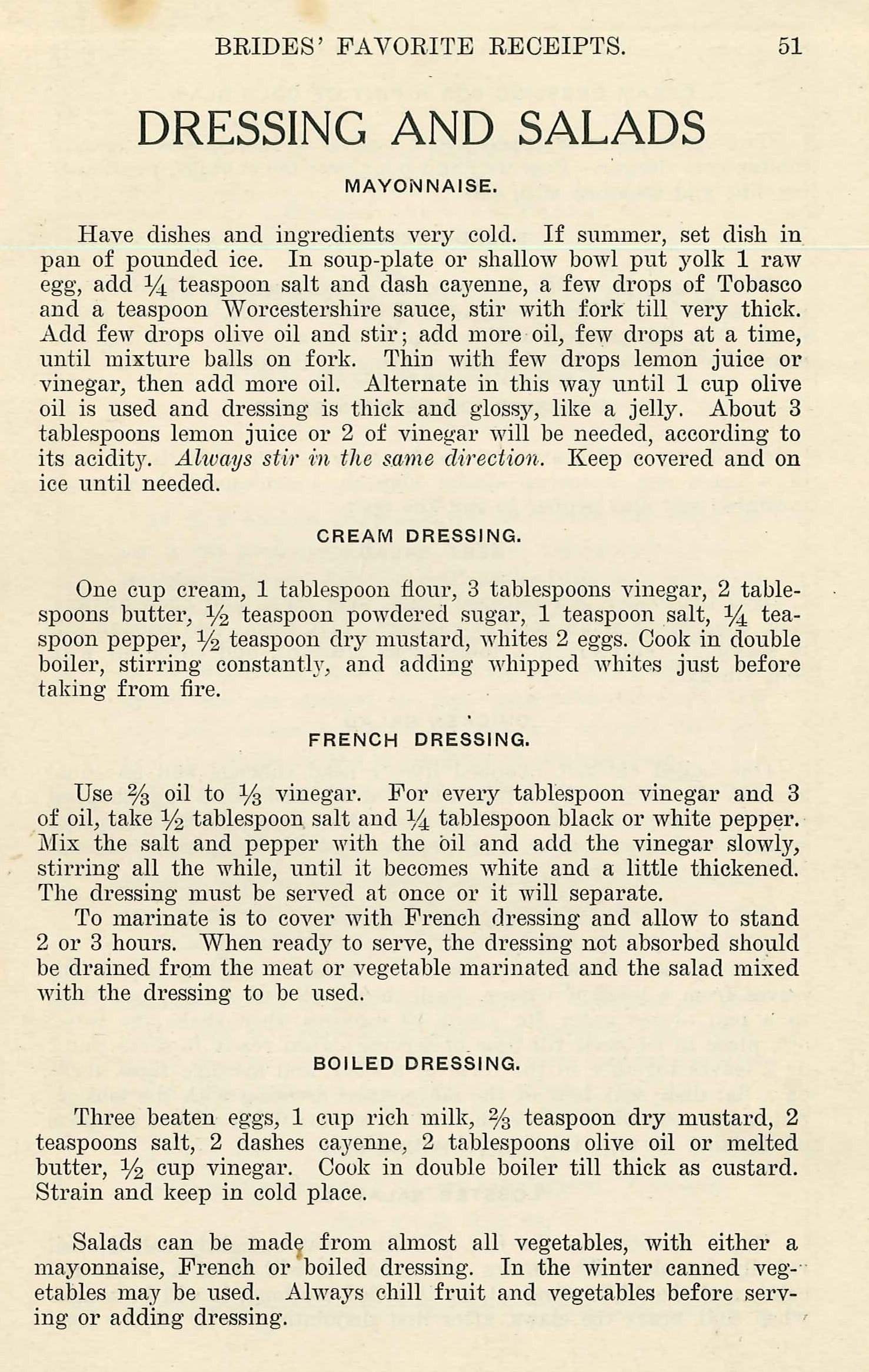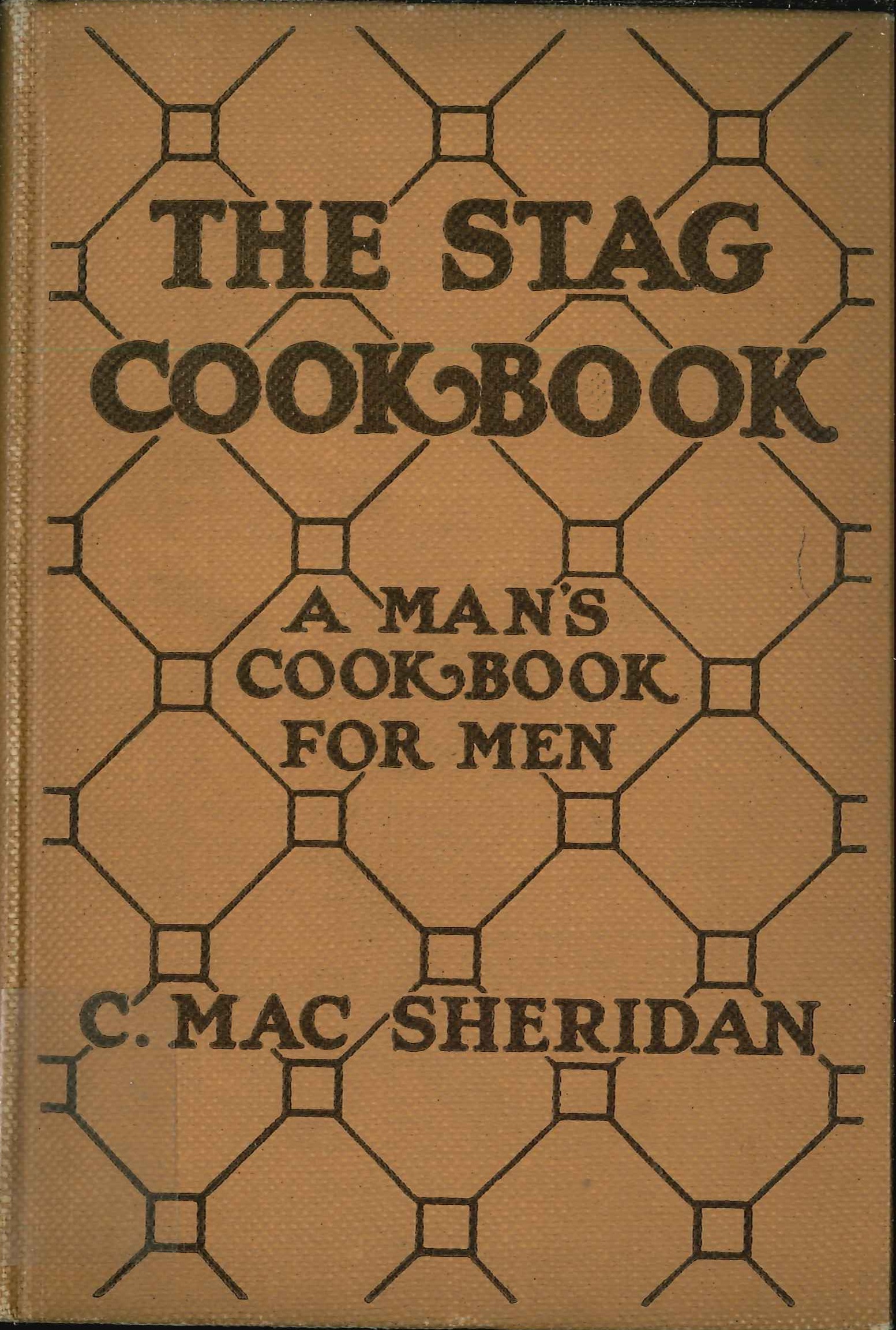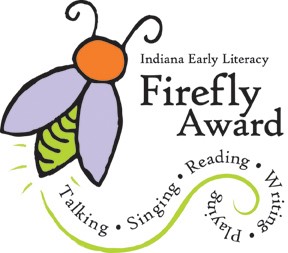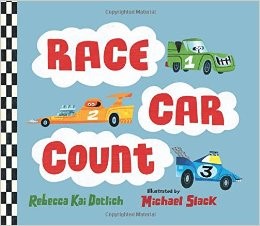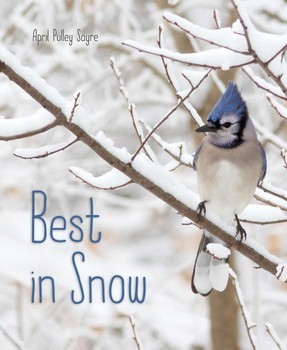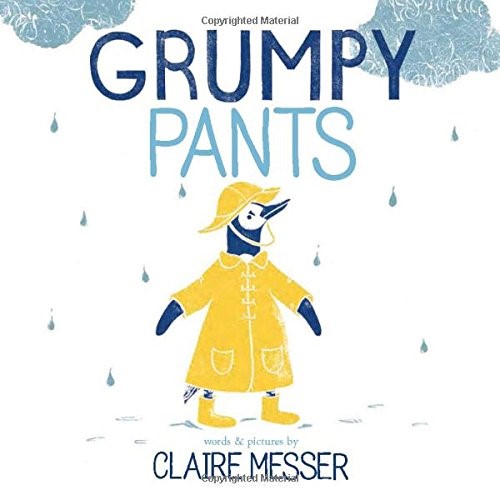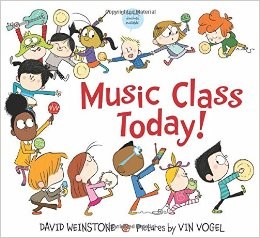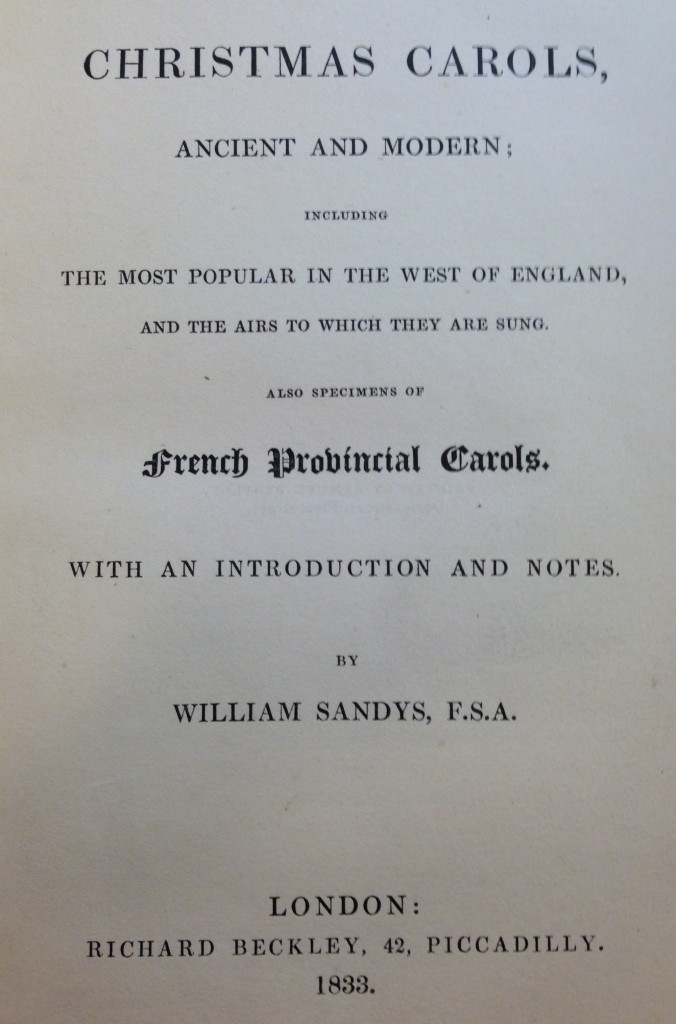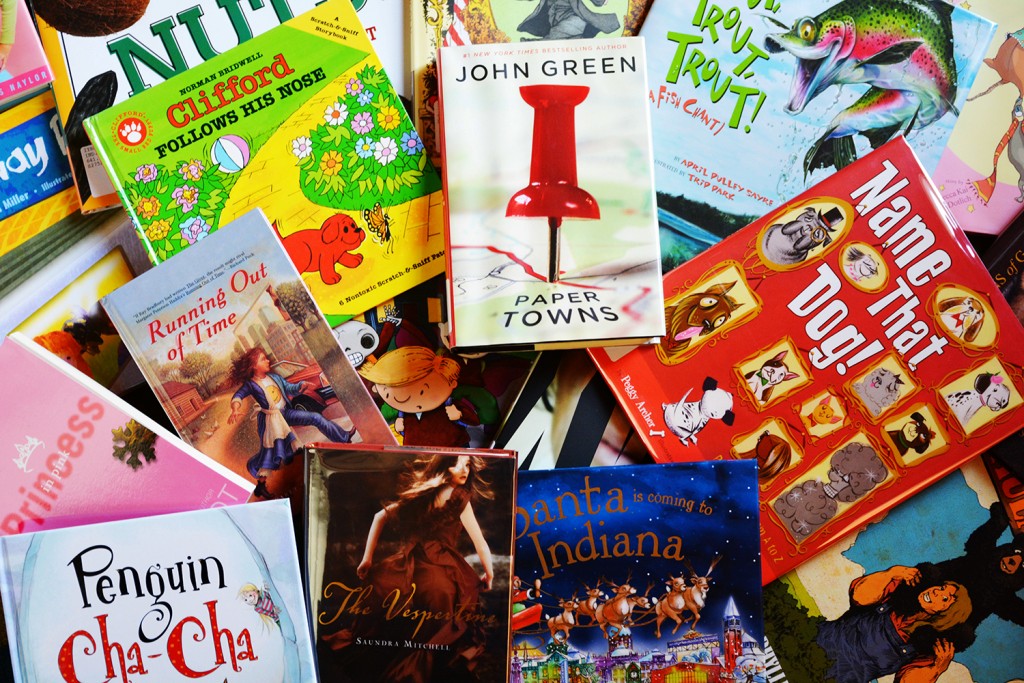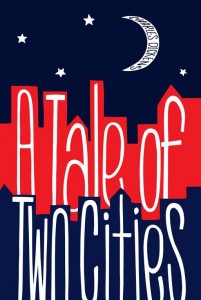Since 2000, the Indiana State Library (ISL), in partnership with the Indiana Department of Corrections, has supported the Read-To-Me program. The objectives of Read-To-Me are as follows:
- Break the cycle of incarceration and low literacy
- Educate parents to become their child’s first teacher
- Instruct parents in the use of children’s books to teach the children in their lives
- Make personal connections with the children during the period of incarceration
Through the program, incarcerated individuals are able to select books to read aloud and send recordings of the readings to family members, whether it’s children, grandchildren, nieces or nephews.
The program was spearheaded by passionate and resourceful former ISL librarians like Marie Albertson and Marcia Smith-Woodard. I now currently serve as the lead coordinator. There are currently five Indiana correctional institutions participating in the program, serving both men and women. I work with the program coordinators inside each of the participating facilities providing the books and supplies needed to record them.
Most books are donated to the state library. Library Services and Technology Act (LSTA) grant funds cover the purchase of CDs, DVDs or Hallmark Recordable books, as well as the shipping materials and postage for each book. A publishing company provides many chapter books and teen-level books. However, donations of new or slightly used preschool level or early reader books are always appreciated.
The service is in high demand and growing. In 2016, over 421 incarcerated individuals read and recorded for their children. Within the first nine months of 2017, I have mailed 502 packages.
According to the on-site coordinators, incarcerated individuals and their families are appreciative of the service. Here are some recent anonymous comments:
“My children love the attention I give to them and I’m amazed by the questions they ask. Plus, they are growing, regardless, and the personal connections help their understanding in my incarceration.” – CIF
“It made a difference in my life because I’m showing my sons that I still love them no matter what and I’m still here for them. My love will never change how I feel about them.” – Westville
“I was shy to read; especially into the camera, but now that I did this for my kids I feel a lot better about it.” – Westville
“My grandchildren love seeing me on the big screen TV and when I am reading to them it brings back memories to them. We used to read books all the time.” – Madison
“The Read-To-Me program has kept my grandchildren busy for hours, not only enjoying the story, but remembering the times that I’ve read to them in the past. It keeps us in touch with each other on a different level, and for that, I am grateful.” – Madison
“This program has allowed me to build a relationship with my grandchildren, some I have never met. They can hear my voice and get the opportunity to get a book read to them by their grandma/nana. It has been a true blessing. I’m very thankful for the opportunity to participate in this program.” – IWP
After 17 years of the program, I think the program is going very well. Of course, there is always room for improvement. Hopefully, we can continue to support and educate parents to be better readers for themselves and for the children in their lives. I hope to find new avenues to increase interest in the program with positive promotions and incentives. The program could benefit from more funding to provide better quality equipment and supplies. Finally, our goal is to expand the program to the state’s juvenile facilities in some way.
Read-to-Me is supported in part through an LSTA grant from the U.S. Institute of Museum and Library Services.
This blog post was written by Terry Black. Black is the administrative secretary for the Statewide Services Division. She can be reached at via email.

